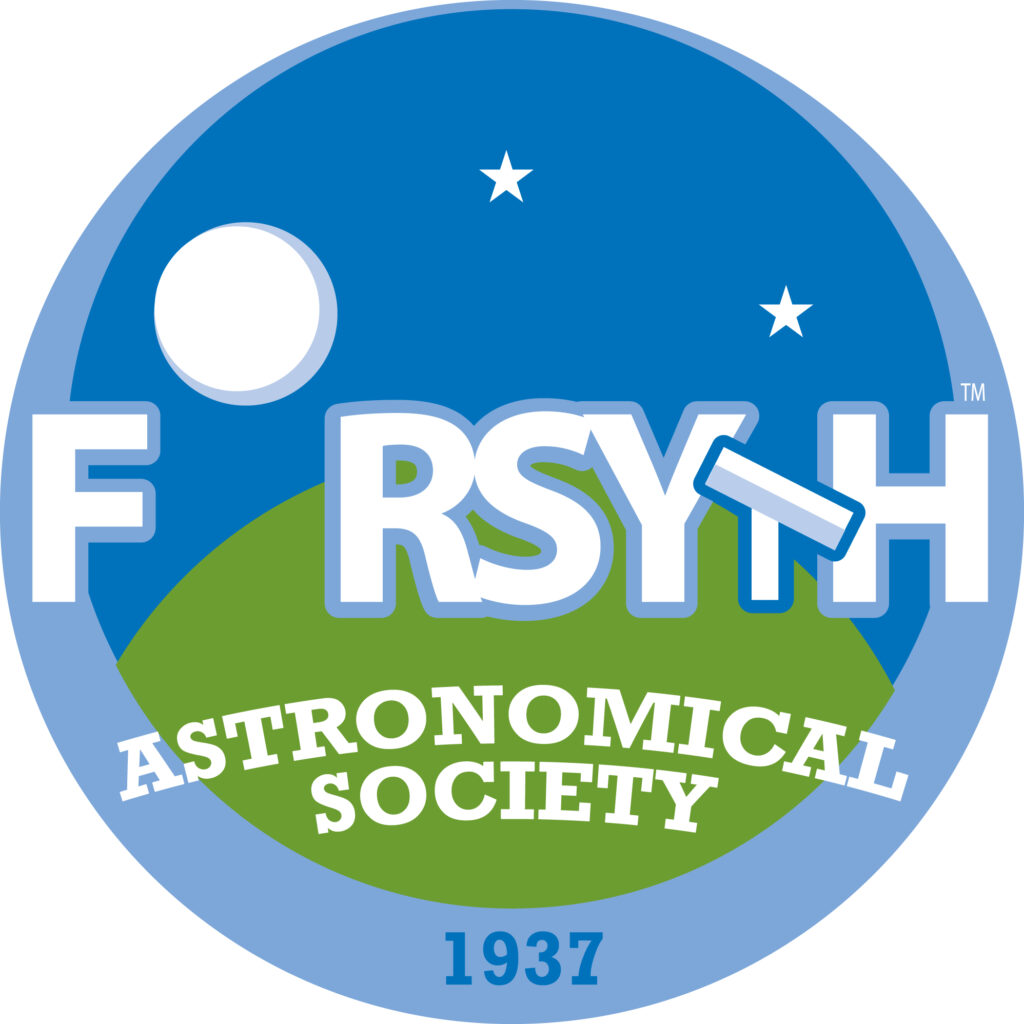





To use a telescope you need a finder. The view through the eyepiece of a telescope is way too narrow to navigate the night sky and locate objects. Okay, you can do something called star hopping, but that is a bit more detailed and we will come to it in a later post.
There are several options for finders: auxiliary telescopes, reflex (“red dot”) finders, and laser pointers. However, the most popular finder is the Telrad. You can purchase it directly from their website, or find it on Amazon and High Point Scientific.
You can mount a Telrad on any telescope using the adhesive strips that come with it. You can also purchase an adapter that fits both Orion and Celestron finder mounts. If you need a Telrad adapter, go to Scope Stuff and select #TEHL or #TELL. Or you can 3D print one using specifications from Thingiverse.
Note the positioning of the Telrad in the images above. Place the Telrad near the top of the telescope tube. The area through which you look is down toward the back of the telescope. It requires two standard AA batteries. The on/off switch and brightness is controlled by a dial on the right side of the finder. It is aligned using three knobs on the back.
The Telrad displays three concentric circles you can use to locate objects. There are several maps of the night sky (e.g., Left Turn at Orion) that include Telrad targets allowing you to see what your view through the finder will look like.
Telrads also come with risers that raise the finder up off the telescope tube. Some folks find them easier to look through if the Telrad is not sitting right on top the tube itself.
A few resources
- “Unveiling the Mystery: What is a Telrad?” Astronomy Blog. September 24, 2023.
- David Dickinson. “Red Dots, Telrad and other 1x finders.” AstroGear Today. July 9, 2021.
- Brian Ventrudo, “Choosing a Non-magnifying Finder for Your Telescope.” Agena Astro. October 14, 2016.
- “Telrad Finder Sight is it any good!?!? Telrad Review.” 2 Dudes Astronomy/YouTube. September 19, 2019.
- “How to use a TELRAD for Finding Deep Sky Objects.” AstroVega/YouTube. September 23, 2021.
- “Lost in Space? The TELRAD Solution.” Martin’s Astrophotography/YouTube. April 17, 2021.
- “How to Install And Use a TELRAD Finder For BEGINNERS.” Dobsonian Power/YouTube. January 6, 2023.


You must be logged in to post a comment.